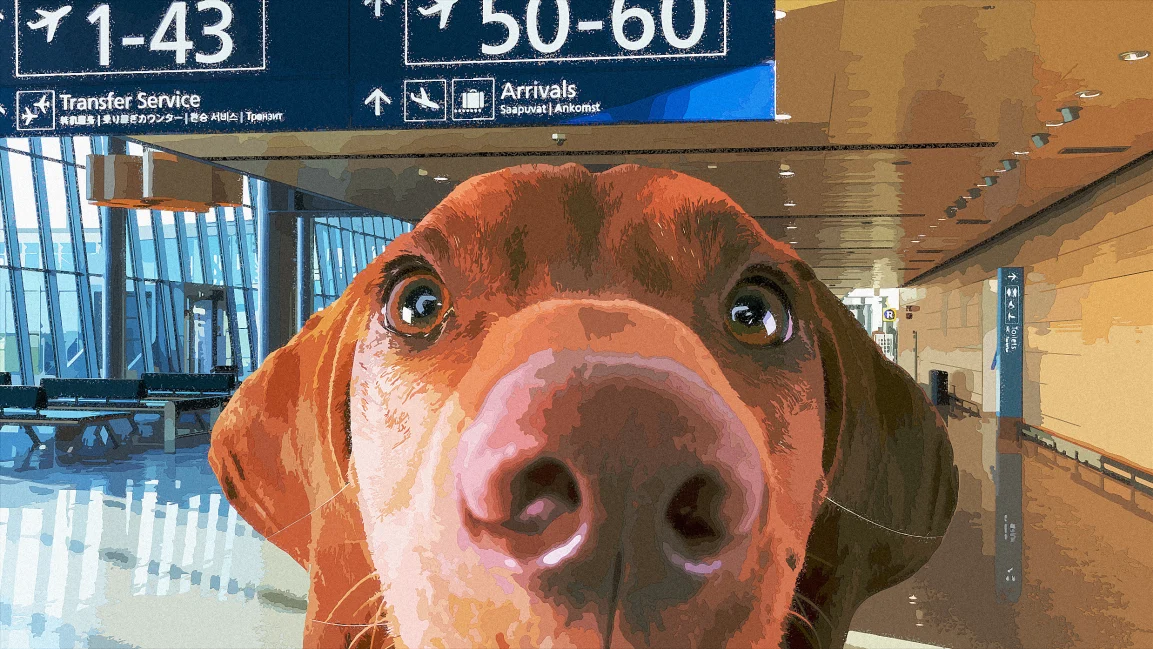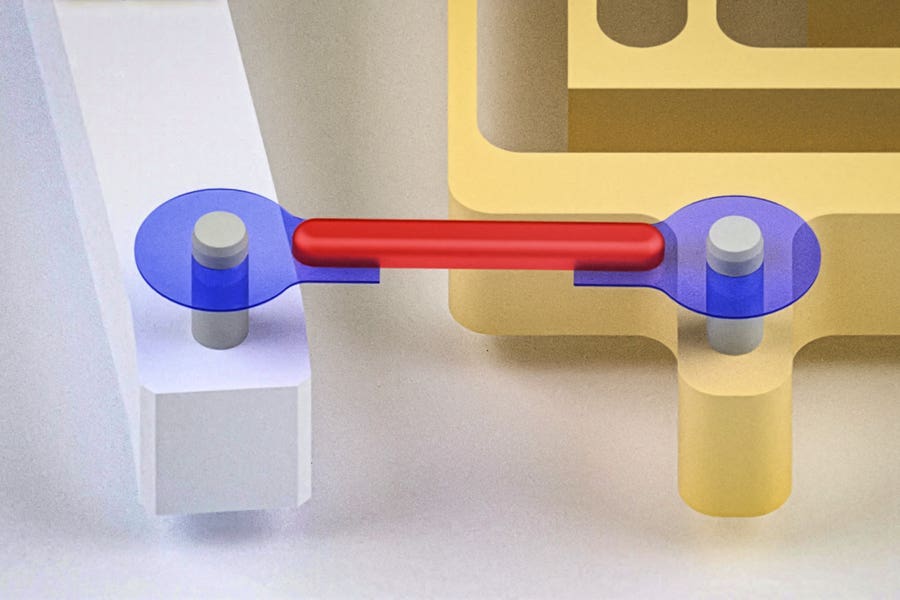There’s a new weapon against COVID-19. And it’s dogs
No one is going to feel safe traveling during this pandemic—especially as the cramped quarters of airplanes and cruise ships make social

[Sept. 23, 2020: Mark Wilson]
No one is going to feel safe traveling during this pandemic—especially as the cramped quarters of airplanes and cruise ships make social distancing more or less impossible. But since we can’t redesign travel, many airports have taken a different tack: limiting who is allowed to. At airports such as LAX, temperature screenings attempt to catch sick travelers before they pass through security.
But now, the Helsinki Airport is doing one better: It’s hiring a team of dogs, trained to sniff out COVID-19, to screen passengers.
Dogs have already proven their ability to sniff out diseases ranging from cancer to malaria. While we don’t always know exactly what they are detecting to ferret out specific illnesses, the clues are likely tied to a dog’s ability to smell volatile organic compounds—the metabolic junk our bodies produce all the time, which can vary with illness.
With 220 million scent receptors, versus the 5 million receptors that humans have, they have a sense of smell that’s 10,000 times more accurate than our own. They can sniff substances that are diluted to a point of just one part per trillion, or the equivalent of smelling one drop of liquid in the combined volume of 20 Olympic swimming pools.
Researchers at the Veterinary Faculty of the University of Helsinki have been training dogs to be able to detect COVID-19 since early 2020. In May, the research group reported that it had successfully trained dogs to detect COVID-19 in urine samples. But progress has happened fast. Now, the dogs have been trained to detect COVID-19 from sweat on our skin and have started trial testing at the Helsinki Airport.
According to International Airport Review, these canines need as little as 10 molecules to detect COVID-19, while current test equipment requires 18,000,000. And there’s no comparison of speed. Abbot Labs has a 15-minute test that costs $5 to administer. Dogs can detect COVID-19 more or less instantly, and without an uncomfortable nasal swab.
The screening process won’t be as simple as letting passengers walk by while a dog casually sniffs, however. Instead, passengers will be instructed to rub their skin with a wipe, then drop the wipe into a cup. The dog will sniff this cup inside an isolated booth. This arrangement allows for anonymous processing that protects a person’s privacy, while shielding the handler from direct contact with a potentially infected passenger. Any passenger who is suspected of having COVID-19 will be directed to the airport’s health information area.
The Helsinki program will soon employ four dogs but could expand to as many as 22 as enough canines are trained for the task. And while it’s unclear if the idea will scale beyond one airport—nursing homes would be another excellent use case of such dogs, according to researchers—it makes for a fascinating case study on how we don’t necessarily need more technology to screen for COVID-19 when 130,000 years of domesticated canine evolution is already on our side.
This Brighter Side of News post courtesy of Fast Company.
Like these kind of stories? Get The Brighter Side of News' newsletter.



